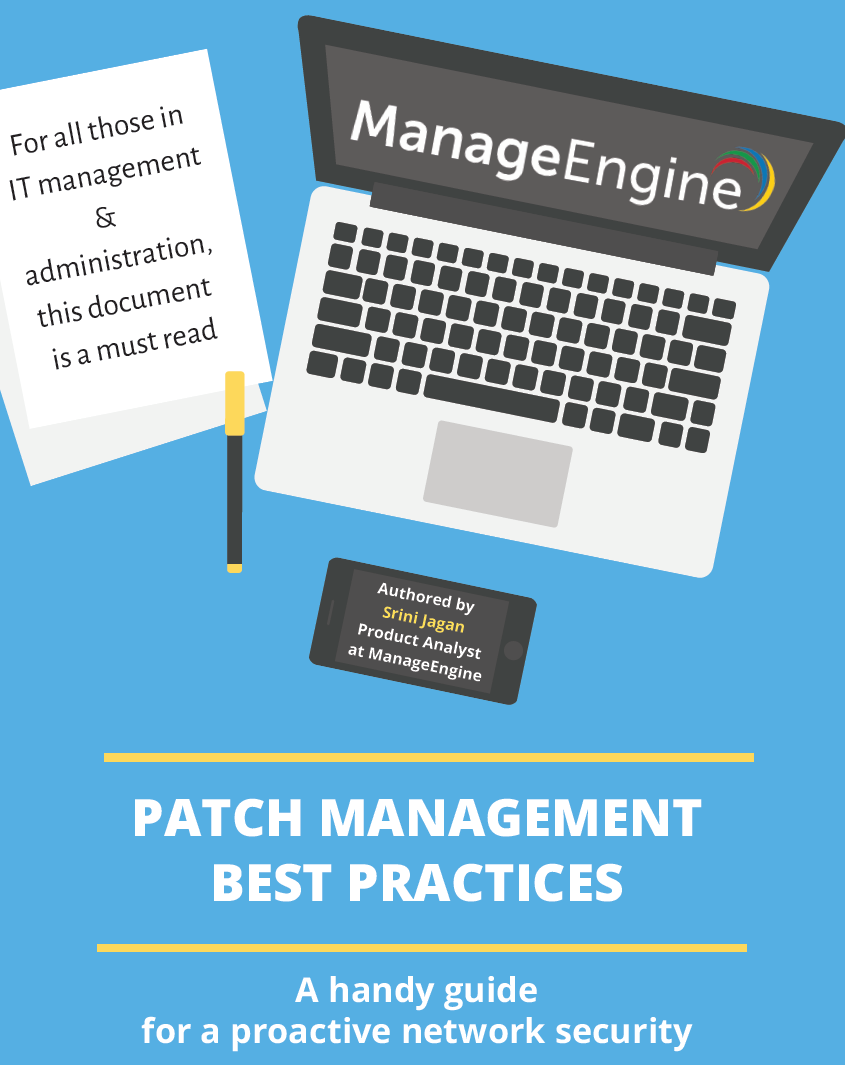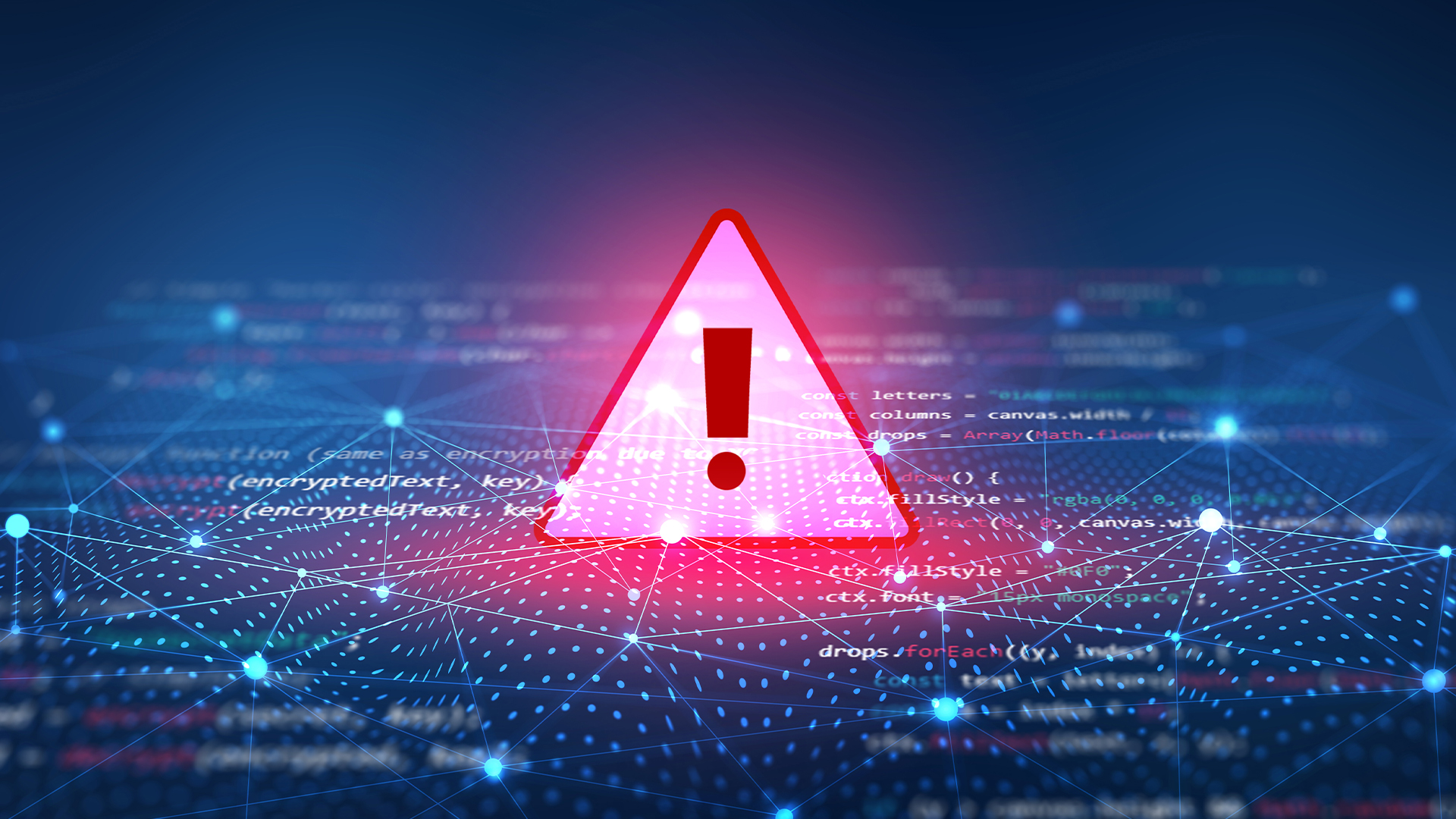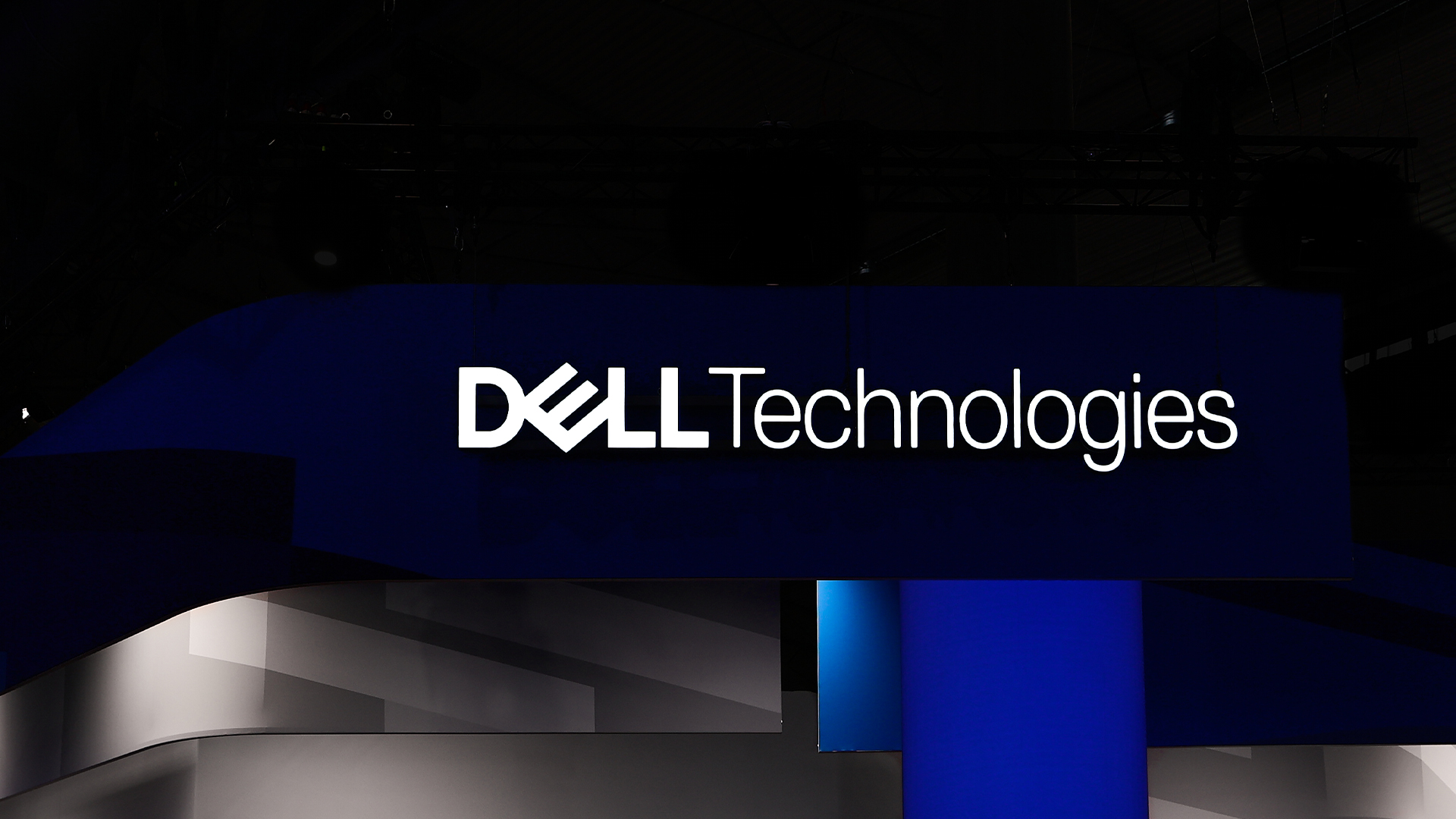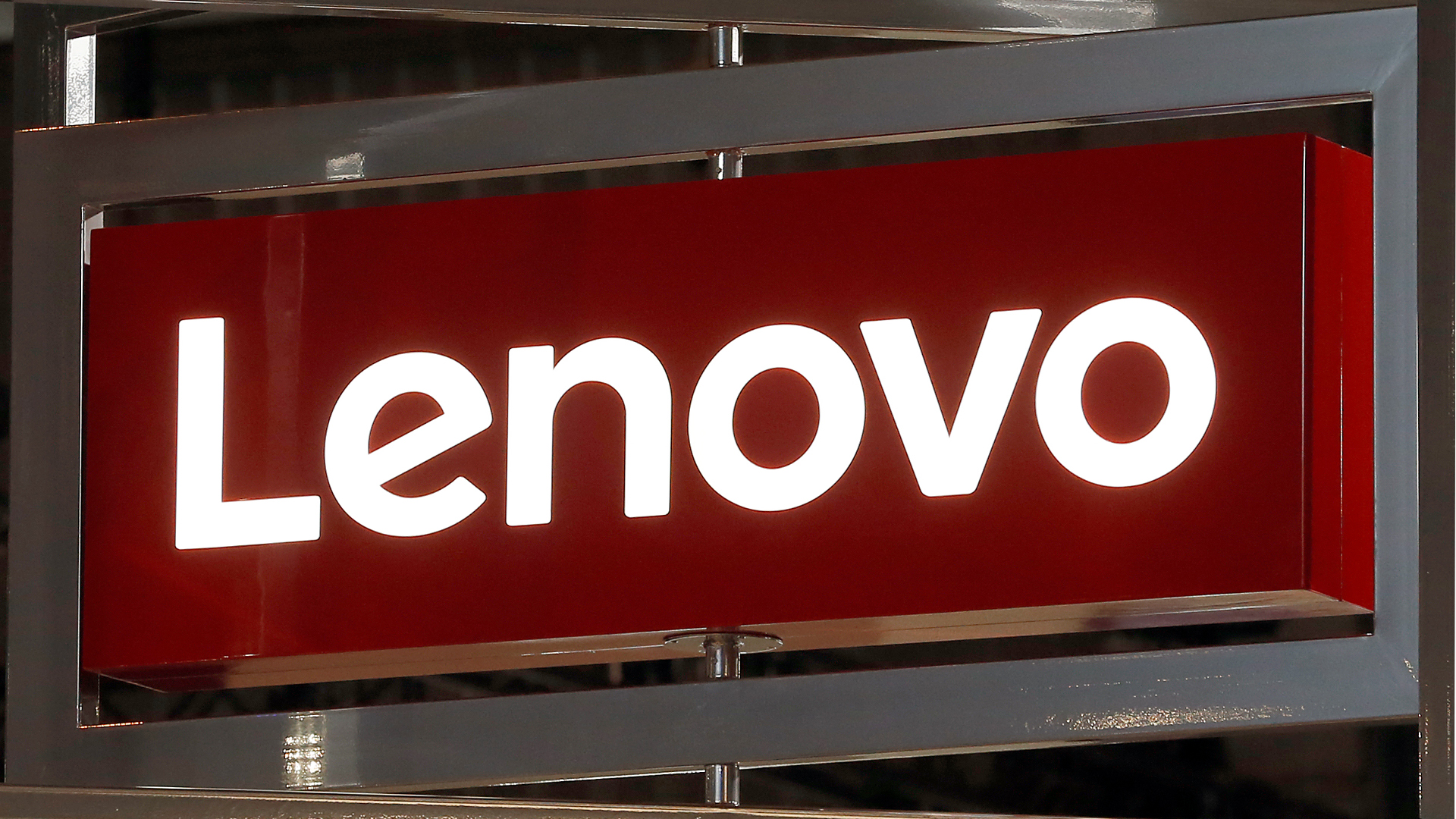Microsoft to patch ‘extraordinarily serious’ cryptographic flaw
The fix has already been shipped to high-value organisations like the US military, according to reports


Microsoft is expected to patch a critical security vulnerability found within a core cryptographic component in several iterations of its Windows operating system as part of its first Patch Tuesday of 2020.
The software update is slated to fix an “extraordinarily serious” flaw anchored in the crypt32.dll Windows component, according to security researcher Brian Krebs, who has had conversations with sources with knowledge of the vulnerability.
This vulnerability involves the cryptographic elements of Windows, including data encryption, and as such would be considered highly dangerous if exploited.
Organisations like the US military and firms directly tied with critical infrastructure, moreover, have reportedly been shipped the patch already. They have also allegedly been asked to sign agreements preventing disclosure prior to its public release.
Crypt32.dll has been a part of Windows OS releases for more than 20 years and is a core module that handles certificate and cryptographic messaging functions in the CryptoAPI.
RELATED RESOURCE

This API offers developers the capacity to secure Windows-based applications with cryptography, including encrypting and decrypting data via digital certificates.
These CryptoAPI functions also include the CryptSignMessage function, which creates a hash of specific content, signs the hash, then encodes both the original message content and the signed hash.
Sign up today and you will receive a free copy of our Future Focus 2025 report - the leading guidance on AI, cybersecurity and other IT challenges as per 700+ senior executives
The wide-reaching nature of the security implications, according to Krebs, ranges from compromising authentication on Windows desktops on servers to the protection of sensitive data.
Exploiting the flaw could also allow an attacker to spoof digital signatures, meaning malicious applications can be made to carry the known fingerprint of a legitimate developer.
Microsoft responded by suggesting it doesn’t discuss details of any flaws before updates are made available. The firm added it does not release production-ready updates ahead of regular Update Tuesday schedule.
“We follow the principles of coordinated vulnerability disclosure (CVD) as the industry best practice to protect our customers from reported security vulnerabilities," senior director with Microsoft, Jeff Jones, told IT Pro.
"To prevent unnecessary risk to customers, security researchers and vendors do not discuss the details of reported vulnerabilities before an update is available.
"At 10am PT, we will release this month’s updates and technical information as part of our regular Update Tuesday schedule.”
A Microsoft spokesperson added that it releases advanced versions of its updates to certain organisations through its Security Update Validation Program (SUVP) for testing purpoes. Participants in this scheme are not allowed to apply the fix to any system beyond this purpose.
The initial reports were partially corroborated by Will Dormann, a vulnerability analyst with the Carnegie Mellon Software Engineering Institute’s computer emergency response team, tweeted that people should pay “very close attention” to the forthcoming round of updates.
Given crypt32.dll has been a part of Windows since Windows NT 4.0, the flaw is likely to be embedded in all previous iterations of the OS released since, including Windows 10, and legacy systems like Windows 7 and Windows XP.
Krebs added the NSA’s director of cybersecurity Anne Neuberger may host a call regarding a “current NSA cybersecurity issue”, which will coincide with the first Patch Tuesday of 2020.
IT Pro approached Microsoft for further information around the reported vulnerability and plans to release a patch.

Keumars Afifi-Sabet is a writer and editor that specialises in public sector, cyber security, and cloud computing. He first joined ITPro as a staff writer in April 2018 and eventually became its Features Editor. Although a regular contributor to other tech sites in the past, these days you will find Keumars on LiveScience, where he runs its Technology section.
-
 Gender diversity improvements could be the key to tackling the UK's AI skills shortage
Gender diversity improvements could be the key to tackling the UK's AI skills shortageNews Encouraging more women to pursue tech careers could plug huge gaps in the AI workforce
-
 Researchers claim Salt Typhoon masterminds learned their trade at Cisco Network Academy
Researchers claim Salt Typhoon masterminds learned their trade at Cisco Network AcademyNews The Salt Typhoon hacker group has targeted telecoms operators and US National Guard networks in recent years
-
 Security experts claim the CVE Program isn’t up to scratch anymore — inaccurate scores and lengthy delays mean the system needs updated
Security experts claim the CVE Program isn’t up to scratch anymore — inaccurate scores and lengthy delays mean the system needs updatedNews CVE data is vital in combating emerging threats, yet inaccurate ratings and lengthy wait times are placing enterprises at risk
-
 IBM AIX users urged to patch immediately as researchers sound alarm on critical flaws
IBM AIX users urged to patch immediately as researchers sound alarm on critical flawsNews Network administrators should patch the four IBM AIX flaws as soon as possible
-
 Critical Dell Storage Manager flaws could let hackers access sensitive data – patch now
Critical Dell Storage Manager flaws could let hackers access sensitive data – patch nowNews A trio of flaws in Dell Storage Manager has prompted a customer alert
-
 Flaw in Lenovo’s customer service AI chatbot could let hackers run malicious code, breach networks
Flaw in Lenovo’s customer service AI chatbot could let hackers run malicious code, breach networksNews Hackers abusing the Lenovo flaw could inject malicious code with just a single prompt
-
 Industry welcomes the NCSC’s new Vulnerability Research Initiative – but does it go far enough?
Industry welcomes the NCSC’s new Vulnerability Research Initiative – but does it go far enough?News The cybersecurity agency will work with external researchers to uncover potential security holes in hardware and software
-
 Hackers are targeting Ivanti VPN users again – here’s what you need to know
Hackers are targeting Ivanti VPN users again – here’s what you need to knowNews Ivanti has re-patched a security flaw in its Connect Secure VPN appliances that's been exploited by a China-linked espionage group since at least the middle of March.
-
 Broadcom issues urgent alert over three VMware zero-days
Broadcom issues urgent alert over three VMware zero-daysNews The firm says it has information to suggest all three are being exploited in the wild
-
 Nakivo backup flaw still present on some systems months after firms’ ‘silent patch’, researchers claim
Nakivo backup flaw still present on some systems months after firms’ ‘silent patch’, researchers claimNews Over 200 vulnerable Nakivo backup instances have been identified months after the firm silently patched a security flaw.